Do you find yourself gazing at your floors and wondering if it’s time for a change? Whether you’re dealing with creaky boards, worn-out carpets, or outdated tiles, the state of your flooring can significantly impact the overall look and feel of your home.
But how do you know when it’s time to replace your flooring and welcome a fresh, new surface? Fear not! In this simple guide, we’ll explore the subtle (and not-so-subtle) signs that indicate it might be time to consider a flooring makeover.
Say goodbye to the guesswork and hello to floors that not only look great but also stand up to the daily hustle and bustle of your life.
Signs It’s Time to Replace Your Flooring
Do you find yourself eyeing your floors, wondering if it’s time for an upgrade? Your flooring plays a crucial role in your home’s appearance and functionality, and over time, it may start showing signs of wear and tear.
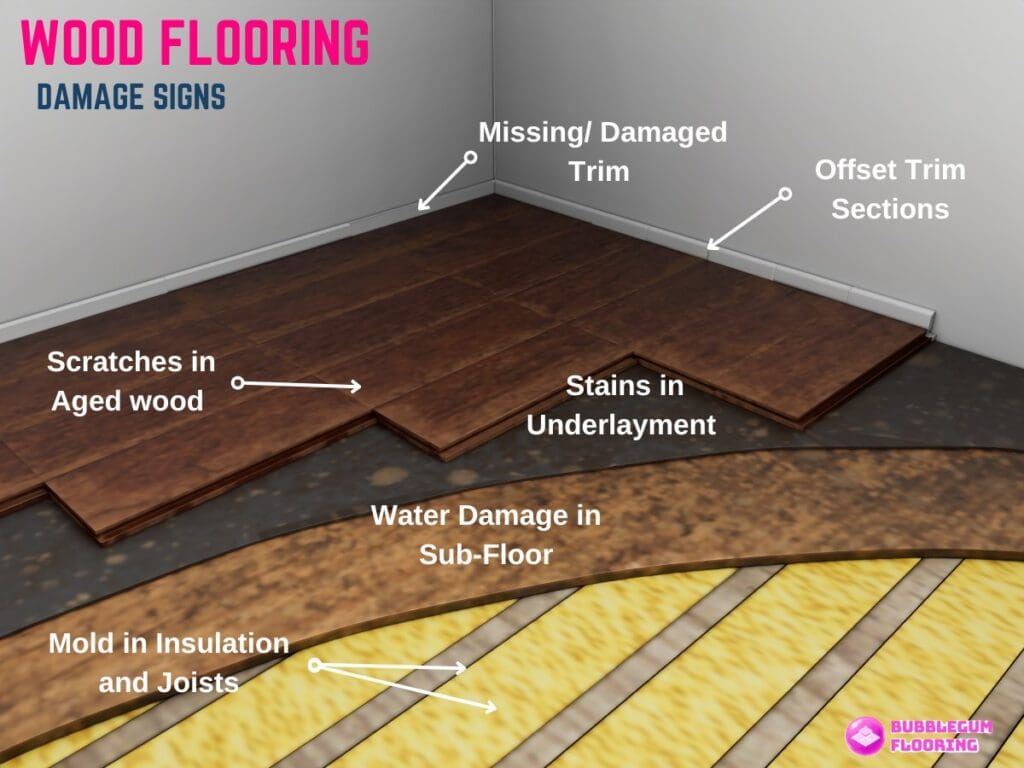
Age
Different types of flooring come with different lifespans. If you’ve been in your home for a decade or more, it might be a good idea to assess the state of your floors.
Carpet, for instance, generally lasts about 10 years. If yours is beginning to show noticeable wear and tear, it could be signaling the need for replacement. On the other hand, tile, wood, and laminate can endure for as long as 25-30 years with proper care. Keep track of flooring installation, and if it’s approaching the end of its expected lifespan, it’s time to consider an upgrade.
Damage
Rips, tears, and excessive wear and tear are clear signals that your flooring is due for a makeover. If you notice frayed edges on your carpet, scratches on hardwood, or chipped tiles, these are more than just aesthetic issues. They can affect the structural integrity of your floors and compromise their ability to withstand daily use.
Regularly inspect your flooring for signs of damage. If the issues are widespread and beyond repair, it might be more cost-effective in the long run to invest in new flooring.
Water Damage
Water damage is a flooring’s worst enemy. Whether from leaks, floods, or persistent moisture, water can wreak havoc on various types of flooring materials. If you’ve experienced water damage, even if it seems minor, it’s crucial to assess the impact on your floors.
Warped boards are a clear indication of water damage. If your hardwood or laminate flooring is buckling or has developed a curve, it’s a sign that moisture has penetrated the material. In such cases, a replacement is often necessary to prevent further damage and potential health hazards like mold growth.
Stains and Odors
Stains that cover your floor and persistently unpleasant odors are not just cosmetic issues—they often point to underlying problems. If your efforts to remove stains or odors prove futile, it could mean that these issues have penetrated beyond the surface and into the core of your flooring material.
Persistent squeaking can also be a sign of water damage or weakened subflooring. If your floorboards are no longer providing a solid, quiet foundation, it’s time to explore replacement options.
Types of Flooring and Their Lifespans
In the world of home design, choosing the right flooring is a crucial decision, and understanding the lifespan of different flooring materials can guide you toward a choice that not only suits your style but also stands the test of time.
- Carpet: Carpeting provides comfort and warmth but tends to have a shorter lifespan of around 10 years. Regular cleaning is essential to extend its life.
- Tile: Durable and resistant to water, tiles can last up to 25-30 years. However, cracks and chipped tiles can signal the need for replacement.
- Wood: Hardwood floors, with proper care and occasional refinishing, can last for decades, potentially reaching the upper end of the 25-30-year range.
- Laminate: Laminate flooring, known for its affordability, can also last 25-30 years with adequate care. However, damaged or warped laminate should be replaced promptly.
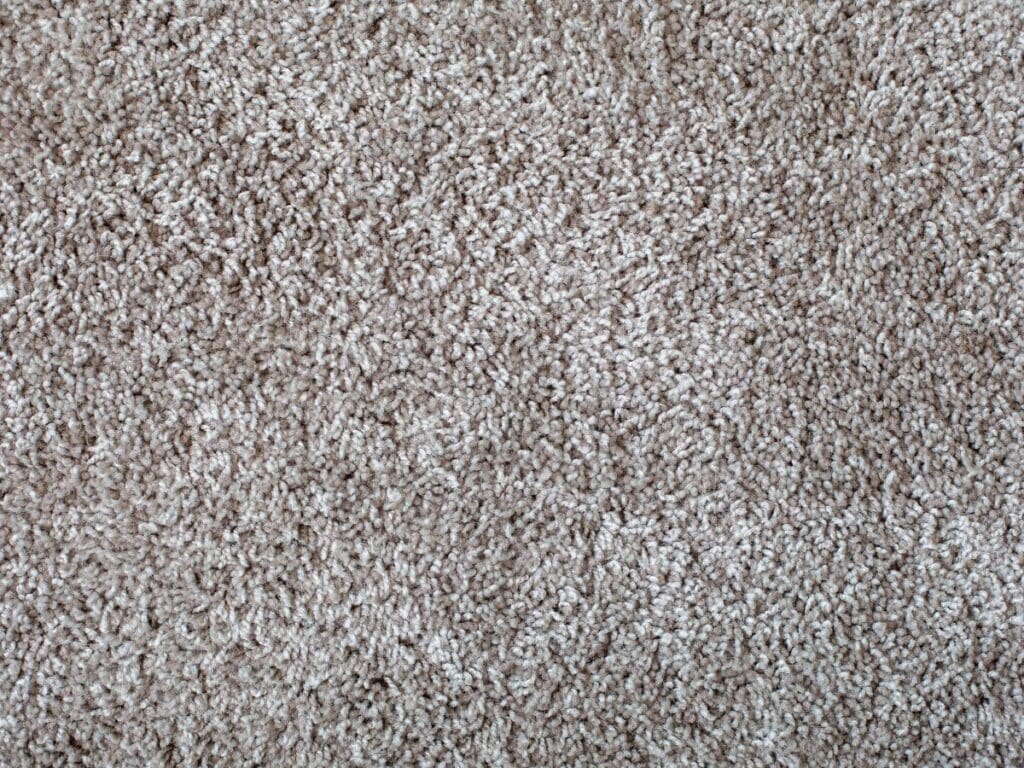
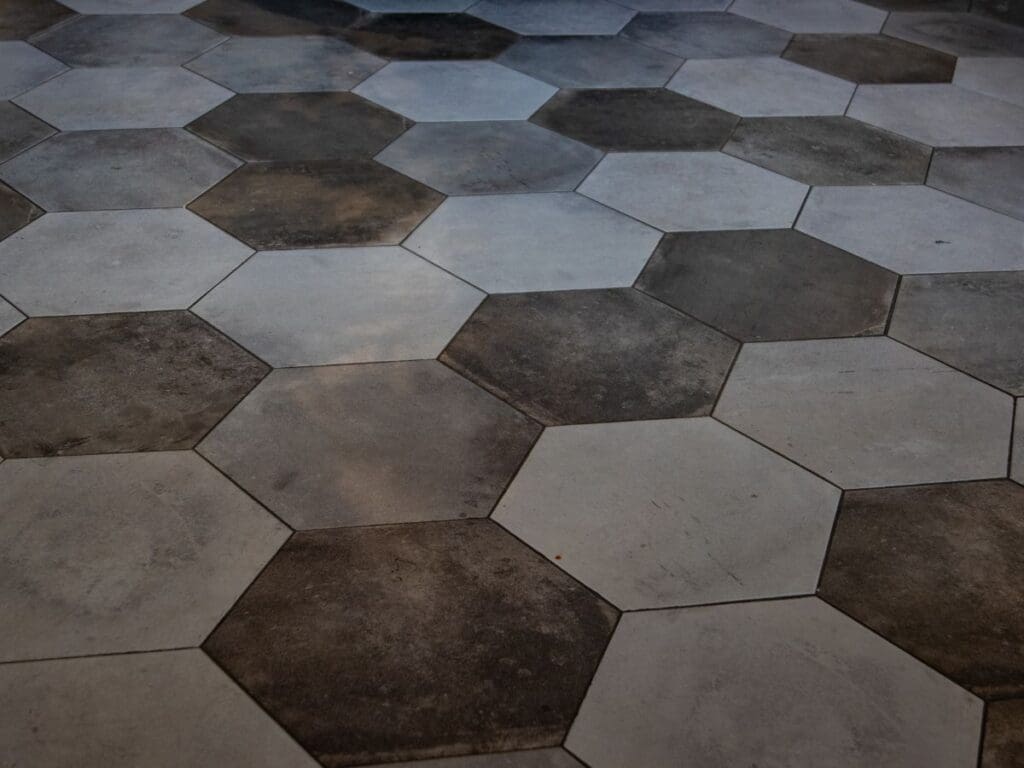
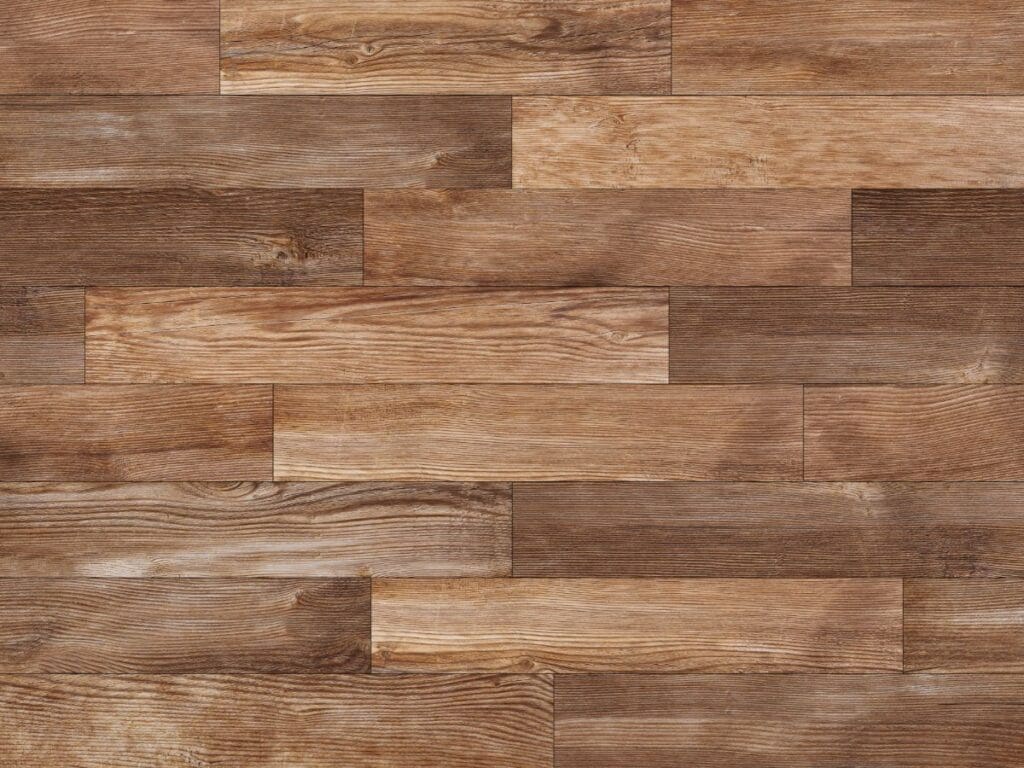
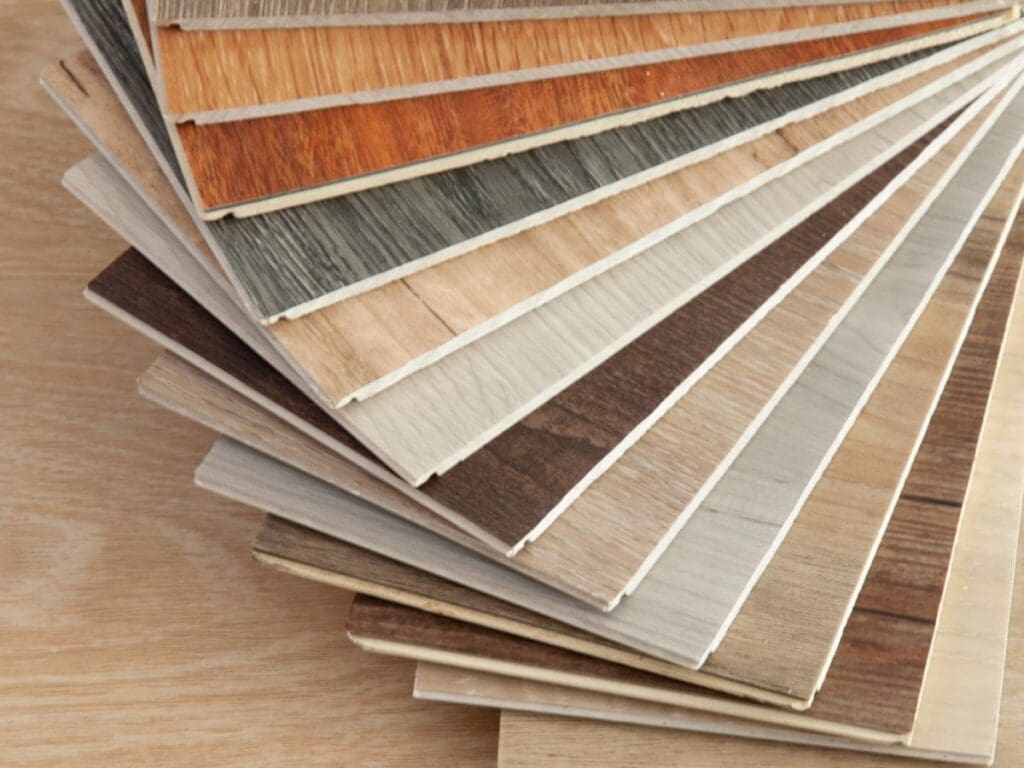
Environmental Considerations and Flooring Longevity
When it comes to flooring, considerations extend beyond style and functionality. The environment in which your flooring exists can significantly impact its lifespan. In this segment, we’ll delve into key environmental factors such as sunlight exposure, humidity levels, and temperature fluctuations and explore eco-friendly options that play pivotal roles in preserving the longevity of your flooring.
Sunlight Exposure
If your floors are regularly exposed to sunlight, it may cause colors to fade and the material to wear down. This is especially true for carpets, hardwood, and laminate floors. To keep your floors looking their best, consider using rugs or window coverings to shield them from direct sunlight.
This simple step can help preserve the vibrant look and overall quality of your flooring.
By implementing these simple measures, you can prolong the vibrancy and structural integrity of your flooring.

Humidity Levels
Humidity levels within your home can impact the stability of various flooring types. High humidity may lead to warping or buckling, especially in hardwood floors, while low humidity can cause certain materials to crack.
Invest in a humidifier or dehumidifier to maintain optimal indoor humidity levels as needed. This proactive approach not only safeguards your flooring investment but also contributes to a healthier indoor environment.
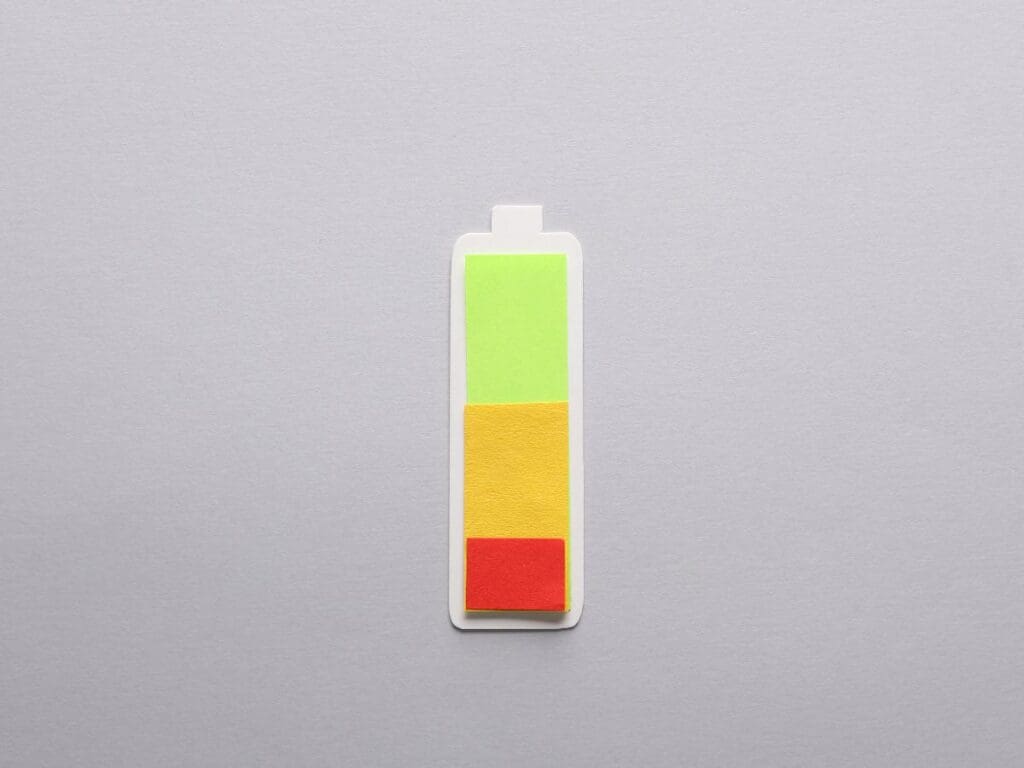
Temperature Fluctuations
Extreme temperature changes can exert stress on flooring materials, particularly those made of natural elements like wood. Fluctuations in temperature can cause expansion and contraction, leading to potential damage over time.
Consistent temperature control within your home through proper insulation and climate management can mitigate these effects. By creating a stable environment, you ensure your floors remain in peak condition, resistant to the stresses of temperature variations.

Eco-Friendly Flooring Options
In the quest for sustainable living, eco-friendly flooring options have gained traction. Beyond their positive environmental impact, these choices often boast impressive longevity.
Many eco-friendly flooring materials are designed to be durable and long-lasting. The longevity of eco-friendly flooring depends on the specific material chosen and how well it is maintained.
Bamboo, cork, reclaimed wood, linoleum, recycled metal tiles, and recycled glass tiles are popular choices. Bamboo boasts rapid renewal, while cork is resilient. Reclaimed wood offers a second life to salvaged materials.

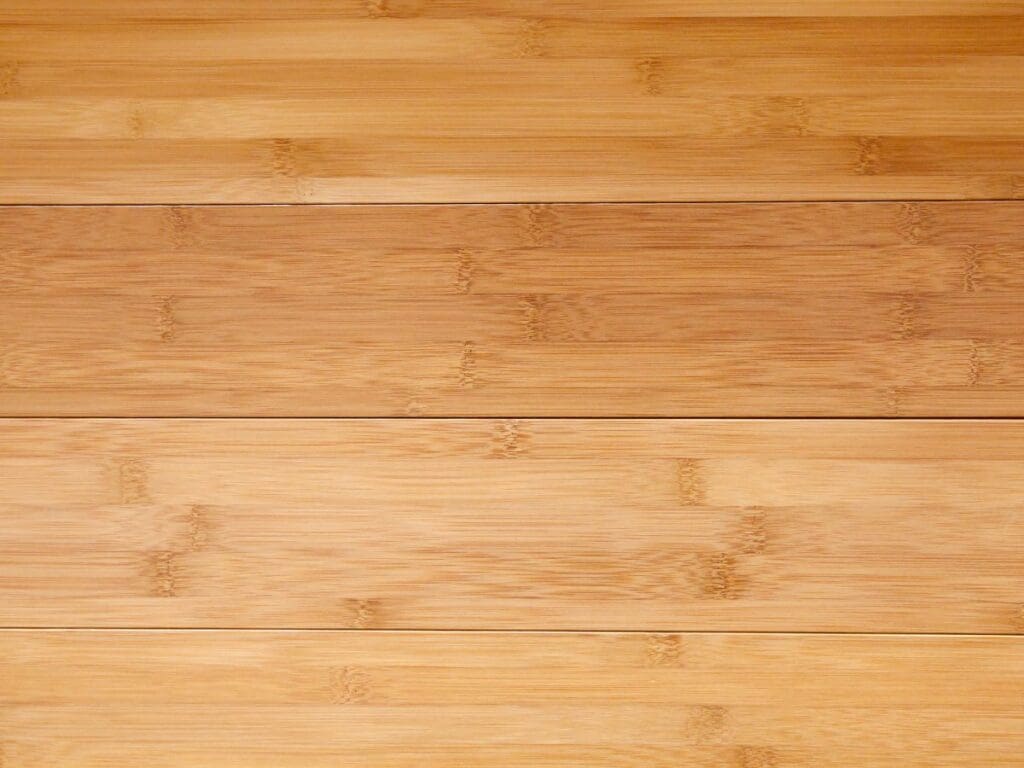
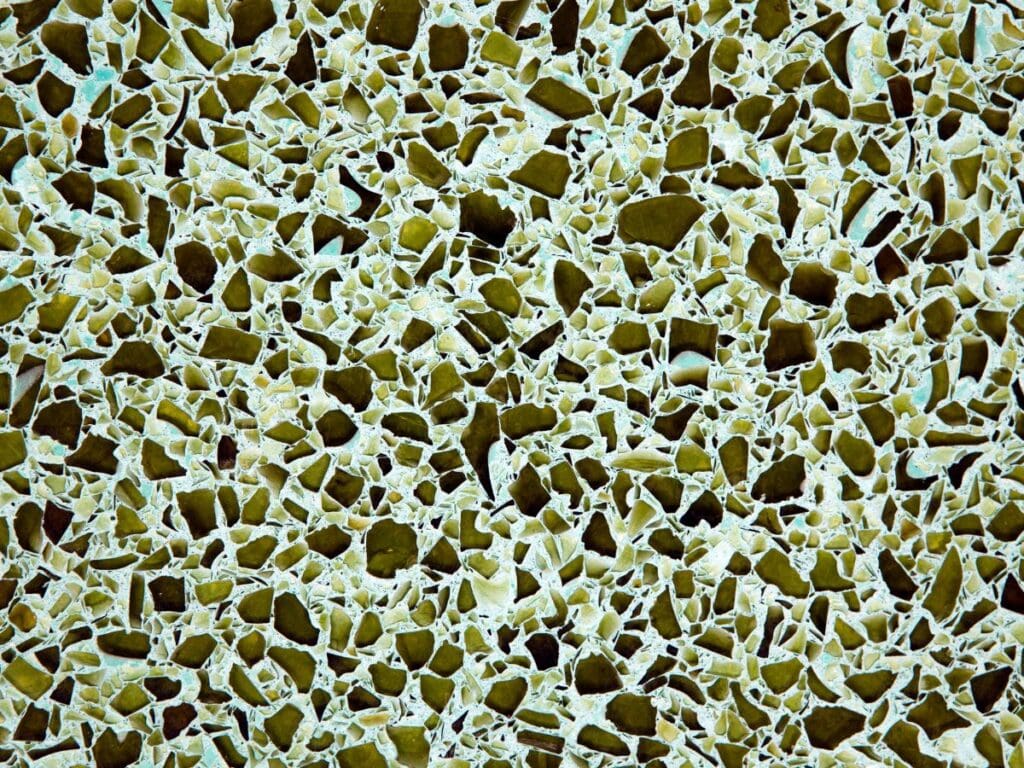
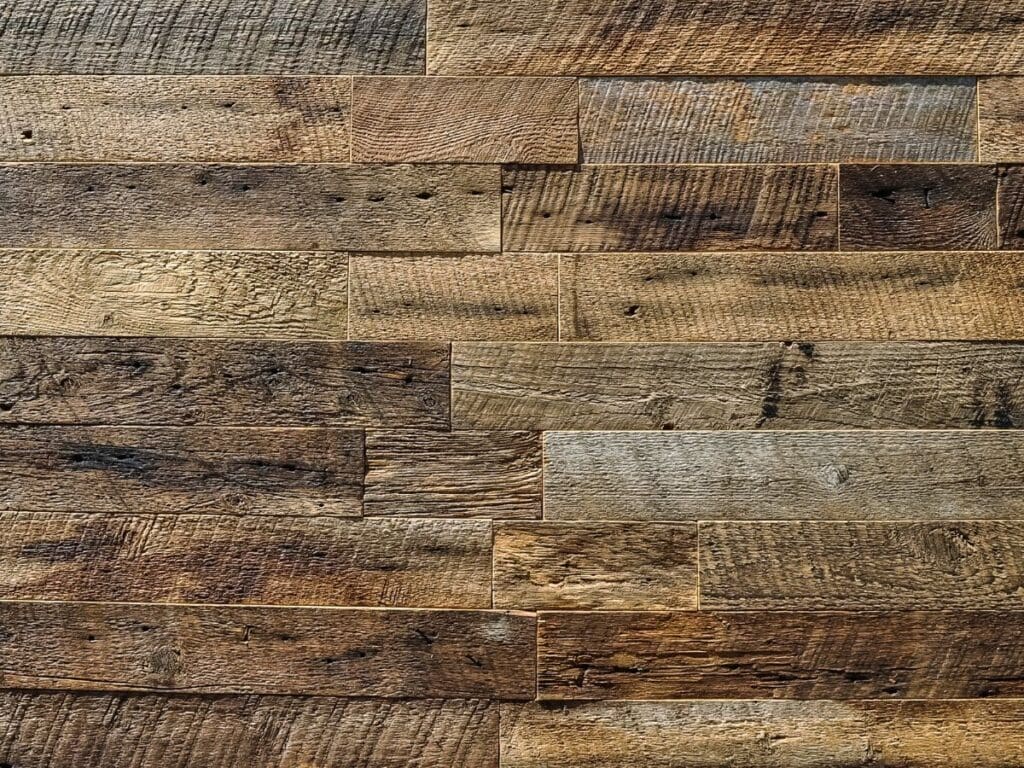
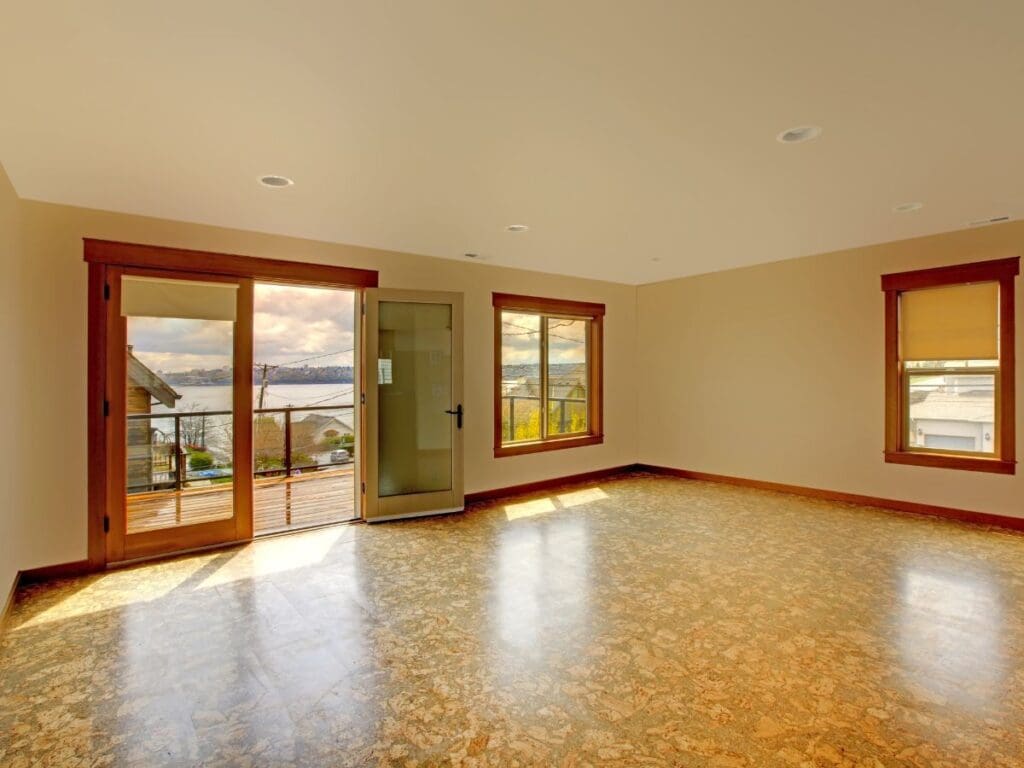
Linoleum is made from natural components, and recycled metal and glass tiles provide unique, sustainable options. Maximizing the lifespan of these materials requires adherence to recommended care practices, ensuring a lasting investment in eco-conscious flooring.
Tips for Extending the Life of Your Flooring
Preserving the longevity of your flooring is not only a wise investment but also a key aspect of maintaining the overall appeal of your home. Let’s explore some practical tips and tricks to ensure that your floors remain not just beautiful but also durable for years to come.
- Regular Cleaning and Maintenance: Routine cleaning is crucial for all types of flooring. Vacuum carpets regularly, sweep and mop hard surfaces, and clean up spills promptly to prevent damage.
- Refinishing Hardwood Floors: If you have hardwood floors, periodic refinishing can revitalize their appearance and extend their lifespan. This process involves sanding down the surface and applying a new finish.
- Replacing Damaged Boards: For wood or laminate flooring, replacing individual damaged boards can be a cost-effective solution. This prevents the need for a complete overhaul while addressing localized issues.
- Addressing Water Damage: Promptly address any water damage to prevent further deterioration. Identify and fix the source of the water, and if the damage is extensive, consider replacing the affected flooring.
Conclusion
Your flooring is a foundational element of your home, influencing both its aesthetic appeal and functionality. By paying attention to these signs and understanding the lifespan of different flooring materials, you can make informed decisions about when it’s time to replace your flooring. Whether you opt for the warmth of new carpet, the timeless elegance of hardwood, or the durability of tile, a refreshed floor can transform your living space and enhance your overall home experience.


